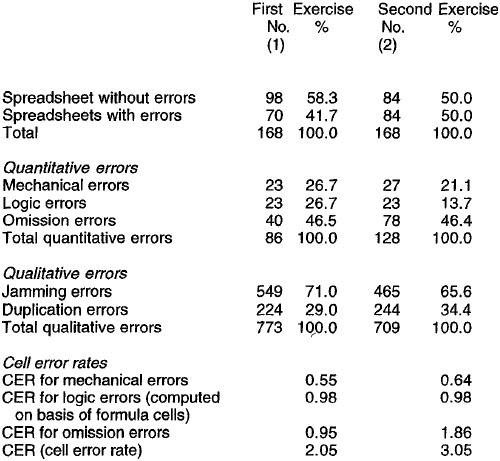Authors
Thompson S. H. Teo & Margaret Tan
Abstract
Past research has shown that errors are relatively common in all types of spreadsheets. As spreadsheets are used widely by executives in analyzing financial, budgeting and forecasting problems to support their decision making, it is very important that spreadsheets are accurate. Errors undetected in spreadsheets may have undesirable consequences, as they may adversely impact the firm's bottom line as well as the firm's competitiveness.
In this paper, we investigate the types of errors that occur for a simple domain-free spreadsheet model. We also show that spreadsheet errors can be difficult to detect during "what-if" analysis (i.e. when design parameters are changed) when the spreadsheets are not properly designed.
The results show that most students do not take due care in designing their spreadsheets. The study appears to suggest that in teaching spreadsheets, emphasis must be placed on creating a comprehensible design that enables easy detection of errors and easy maintenance.
Sample

Of the 168 spreadsheets developed in this experiment, 70 had errors in the first exercise and 84 had errors in the second exercise, giving an overall error rate of 46%.
The cell error rate (CER) was just over 2% for exercise 1 and just over 3% for exercise 2.
Publication
1997, 30th Hawaii International Conference on System Sciences, Volume 3, January, pages 149-155
Full article
Quantitative and qualitative errors in spreadsheet development
